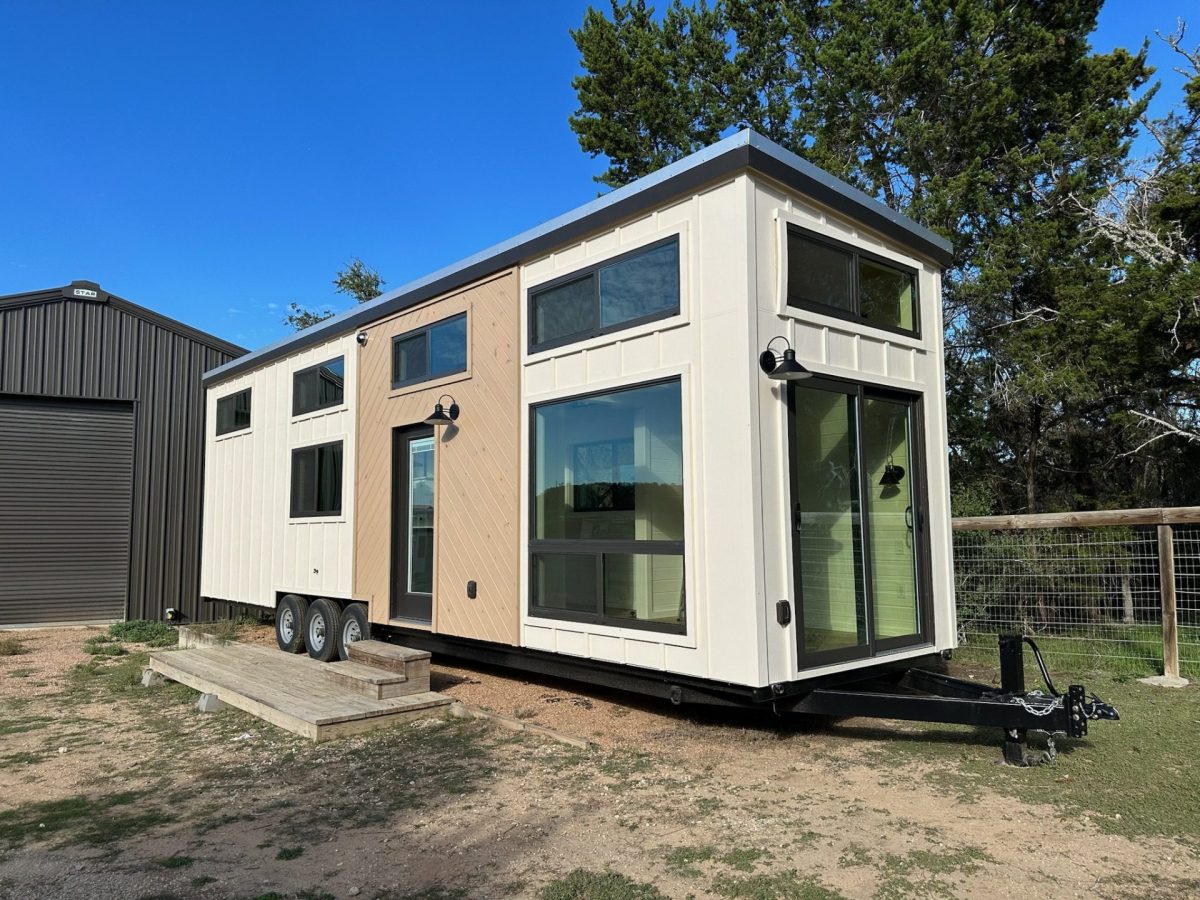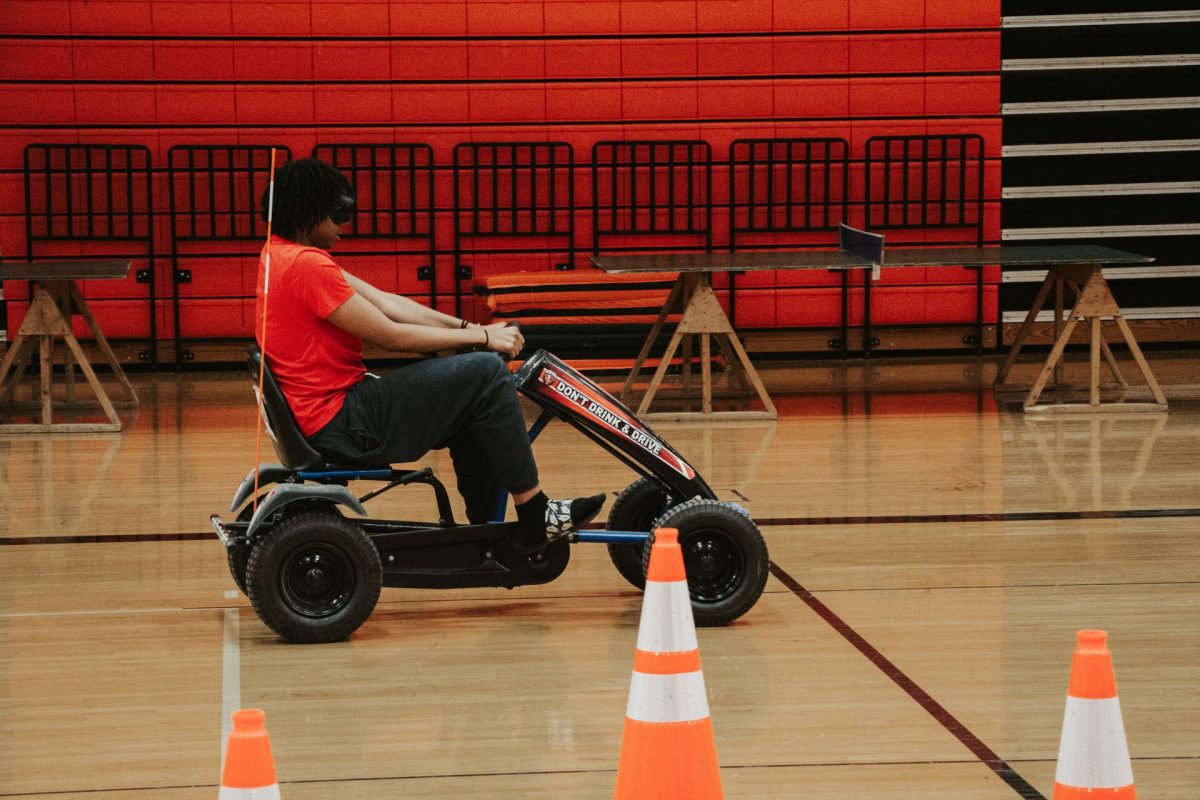Tiny houses, which are houses that typically have a square footage of 400 square feet or less, have exploded in popularity in recent years, and the market is expected to grow by 4.88% by 2027. You may be familiar with tiny houses, and might even want to live in one yourself.
But what’s the appeal? What makes these small homes so popular? This article will break down the biggest factors contributing to the popularity of tiny houses.
Affordability
In today’s world, being able to afford a place to live is becoming harder and harder. Most people get stuck renting each month, or are locked into a mortgage. Tiny houses, however, are exceedingly cheaper and can usually be paid in-full right away. The cheapest tiny homes can cost $10,000 or less, with the average ranging from about $20,000-$60,000. Building your own tiny house can be cheaper than buying one premade.
According to The Tiny Life, 68% of tiny home owners do not have a mortgage. Over half of tiny house owners also have more savings than the average American, and 89% have less credit card debt. 67% have no credit card debt at all.
Perspective
Living tiny can change your perspective on materialistic things. Many people who have gone tiny say that it made them realize how much you don’t actually need. When you’re forced to downsize, it also helps you think about your priorities and what is most important in your home. Over 80% of people say they felt happier after downsizing to a tiny home.
However, there is a misconception that you have to be a minimalist to live in a tiny home. Living in a smaller space doesn’t mean getting rid of everything you enjoy. There are lots of tiny house dwellers that still have lots of clutter and decor despite the small square footage.
Sustainability
A tiny house can be a lot more sustainable and better for the environment than a full-sized house. When there’s less square footage, it’s a lot easier to power the entire house with solar power. Tiny houses use about 3,000 kilowatts of energy, much less than the 10,000 kilowatt average of non-tiny homes.
Besides power, tiny houses also use a lot less water. While the average American uses around 30,000 gallons of water per year, tiny houses use only about 2,000 per year. Tiny houses also produce over 40 times less carbon dioxide than an average home, only about 2 tons instead of 87 tons.
Creativity
A tiny house offers a lot more creativity and customization than a typical home. You can put it on wheels or a permanent foundation. You can renovate a shed or barn. You can even make a house out of a box truck or school bus – called a Skoolie.
On the inside, there are just as many ways to make it unique. You can choose to have lofted space, or just keep everything on one level. There’s also a lot of creativity in storage and space-saving solutions. Some popular storage tricks include built-in storage in stairs, floorboards that open up for more storage, and space underneath couch cushions. Some ways tiny house owners have saved space are by having tables that fold down and elevators beds that can be raised and lowered.
Easier to Build
Choosing to build a house yourself is a daunting task, but a tiny house is much more manageable. Constructing a tiny house could take as little as a few months from start to finish. A lot of people even build their tiny house in their backyard, as they don’t take up a lot of space.
With all of this in mind, it’s easy to see why many people are choosing to downsize to tiny homes. If you want to see examples of tiny houses and hear stories from people living tiny, a great YouTube channel is “Tiny House, Giant Journey.”









Daye • May 6, 2024 at 10:21 am
Good day. Excellent, excellent reporting information on tiny homes. I appreciate your skillfullness on explaing every detail about the ins and outs of some one that would like to move into one in the future. God’s blessings as you continues to serve the community’s with up to dates information!!!
Denese chang, Crutchfield • May 6, 2024 at 7:03 am
Tiny house to me means reasonable saving money so we can afford to eat and breathe with out worrying about bills . When you worry too much it can kill you. Please keep the prices low that’s the point of tiny house is no worries.
Judy Oldfield • May 5, 2024 at 3:19 pm
Tiny home ventilation. This is just a warning about something that can & will be happening in the next 5=10 years.
First brush up on how a regular house attic gets rid of condensation. Then either buy or rent a thermal camera. It would be best to do this in a cold climate so you can find tiny homes in your area and photo them when people use their heaters in the evenning. Not a night vision or infa-red.
So drive or walk by as you photo the sofit and roof. If you don’t know what it should look like go back and read over how condensation is removed by a roof.
The problem with the tiny home is they don’t appear to have a ridge vent in them or the whirly-bird turbines. So the condensation will stay in the closed in attic and rain down in your insulation pressing it down on your ceiling. The camera is going to show you the attics that work and those that don’t.
This information will help you build yours or decide what you want in it.
Good luck with your home.
shawn Firestine • May 3, 2024 at 9:02 am
How do I get one?
Anita Gastelum • May 2, 2024 at 7:43 pm
How do I start building with a limited budget?
Because, that’s been my Dream even before they began selling them
! . . I’m 4’11 so,it would be a Petite size.
Mary • May 2, 2024 at 2:22 pm
I’d love a tiny house like the one shown in this article. where could I purchase one (?)!
Cynthia Deberry • May 8, 2024 at 11:46 pm
I will be buying a tiny house, looking into it now…..